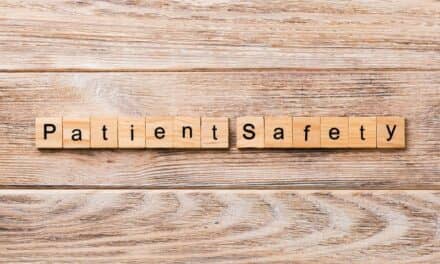By David Harrington, PhD

The Problem
Here are several illustrations on why healthcare costs are so high, and how they could go down if we have the right to repair and communicate with others well:
Example 1. A hospital that is a 5-hour drive away from a major city has a problem with a device and calls the OEM for repair. If the hospital is lucky, the OEM shows up the next day, looks at the problem, and says the device needs a new part and a software update. And as it happens, the software update is not covered in the service contract, and the part is on backorder and will be shipped in by early next week.
The impact of this on patient care is immediate, since it may be many days before all the scheduled patients can be tested or treated by the device. What is the revenue loss? Did the patients get sicker? Was the problem preventable? Technology—or the company providing the technology—has let us down once again.
Confirming this situation, a recent white paper published by Aberdeen Research stated that 45% of all trouble calls cannot be resolved with one visit to the user. Looking back, this figure of 45% is actually higher than it was years ago. In this day and age, you might think it would be more than possible for that company to monitor problems with their devices at customer locations, and to make sure that the parts and software needed are available to the technician and the software going out on the trouble call. Is this really asking for too much from a vendor?
Example 2. It has been reported many times in the press that a major company in healthcare technology makes a profit on equipment service that is seven times greater than the profit it makes from selling its devices. If that’s the case, why not improve the service to hospitals? One reason might be that they do not want any change in service that will reduce that profit.
Example 3. For some reason, our profession has pushed the idea of equipment standardization too far, bringing us close to having the wrong equipment or technology for the patient. All of us have seen equipment designed for adults being used for pediatric or even neonatal applications. The answer you get when you ask why is, “It is easier on the staff, since they only need to learn one system.” Some of our facilities seem to have forgotten that the patient should come first in all healthcare situations.
Example 4. Networking of medical devices from different vendors is desperately needed. It is probably not achievable, however, under present legal restraints and political leadership. You can go back as far the early 1980s and find articles and presentations on networking of medical devices, but although it has been the subject of continual discussion since then, we are seeing far fewer advances than we should by now.
Communication Is the Key
The major problem is not technical in nature but one of communication among the people in the various hospital departments. Some years back, it was reported that the cath lab at a major medical center went down for several weeks because nothing could go into patient medical records from their machines. After several hundred thousand dollars of attempted fixes, a staffer came back from a vacation and admitted that he changed the password for the EHR and had forgotten to notify anyone.
Technology can do great things for everyone, making life safer, easier, and less prone to problems. But to maximize the benefits of that technology, we, as a profession, will have to do the following:
Keep an open mind about the benefits of technology.
Be willing to work in “undocumented” areas, so that healthcare can advance and become less costly.
Look at technology with the primary goal of making sure that it will work for your patients.
Remember that it is the science of engineering and the practice of medicine that are the key elements of our profession.
Communicate in clear and simple language with everyone, whether they are co-workers, equipment designers, administrators, or patients.
Since I became involved with the application and support of medical devices in the mid 1970s, resistance to these principles has remained constant and very difficult to change. It doesn’t have to be that way. The future is ours, if we want it. 24×7
David Harrington, PhD, is a health care consultant based in Medway, Mass, and a member of 24×7’s editorial advisory board. For more information, contact [email protected].




